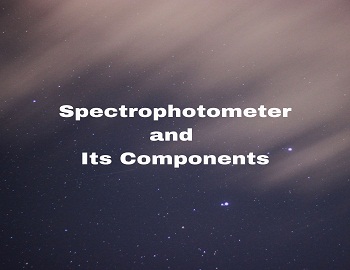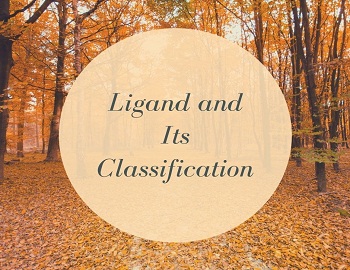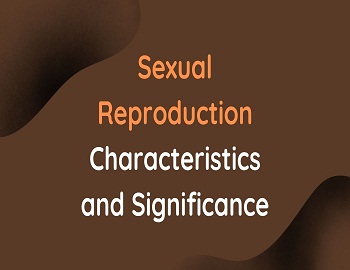What is Photoelectric Effect?
It is the phenomenon of emission of electrons from the metal surface when light radiations of suitable frequency fall on them. The emitted electrons are called Photo-electrons and the current so produced is called Photoelectric current. Alkali metals like lithium, sodium, potassium show the photoelectric effect when visible light falls on them whereas metals like zinc, magnesium etc show a photoelectric effect when u.v. light falls on them.
Applications of Photoelectric Effect:
The effect has got wide applications as it can be used to measure light intensity and also to convert light into electrical energy. Some of these applications are-
(1) In the construction of solar cell, which is a non-conventional energy source (highly required by mankind in the present world).
(2) In photo-telegraphy, whereby the help of photo-tubes, the light and shades of pictures are converted into electrical waves which are transmitted to distant stations.
(3) The reproduction of sound in cinema films. We know that sound is recorded as variations in light intensity along with the pictures in a cinema film. This film with the recorded sound is made to pass between an exciter lamp of constant intensity and a photoelectric cell. Because of the varying intensity of recordings, we get light from the lamp falling on the cathode of the photoelectric cell with varying intensities. This light of varying intensities causes electronic emission of varying currents. This is amplified and fed into a loudspeaker. Thus sound is reproduced.
(4) By measuring the intensity of transmitted light through the solids and liquids, their opacity is determined.
(5) It is also used in astronomy. The feeble light from the stars-too feeble to be carefully detected and analyzed is good enough to fall on the cathode of the photoelectric cell and emit electrons whose intensities and energies are interpreted as intensities of those stars and their temperatures.
(6) The photocurrent with amplification can be used to operate an electromagnetic relay switch S in an arrangement shown in the figure. In normal adjustment, when light is falling on a photocell and a current flows through the electromagnet, the soft iron bar S is attached to the electromagnet. In this position, no current is flowing in the circuit of battery B. When a person passes between the light source and photocell, the light to the cell is interrupted for some time, as a result, the current stops through the electromagnet and soft iron S goes down (due to spring) to switch the current through the battery B. This current can be used to operate a burglar alarm, to detect thieves passing between the light source (UV can be used which a person can not detect) and photocell. The same arrangement can be used also for a counter, to count the number of people passing or to open a door automatically or switch on a light circuit.

(7) In illumination meter. Since current produced in photocell is proportional to the intensity of light falling on it, so it is used in the camera as an exposometer to adjust aperture according to the intensity of light. In general, it can be used to compare illuminating power of two sources.
(8) As complexion meter. By measuring the intensity of reflected light by a photocell, one can compare the skin complexion of different persons. A white skin will reflect more light than dark skin and thus a larger current in the meter. This current can be used to compare the complexion of the skin.









Comments (No)